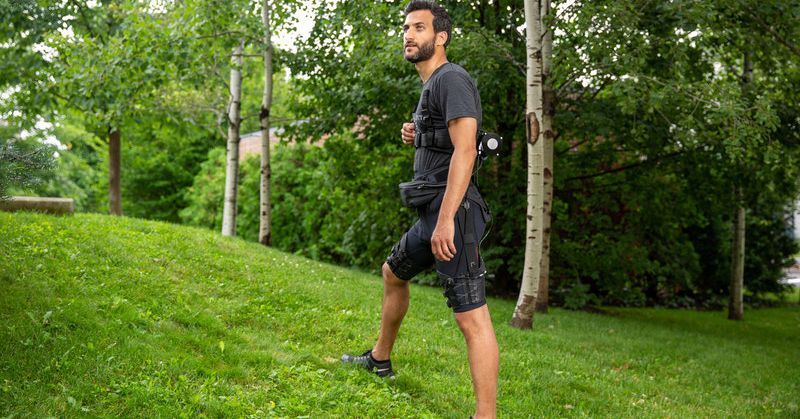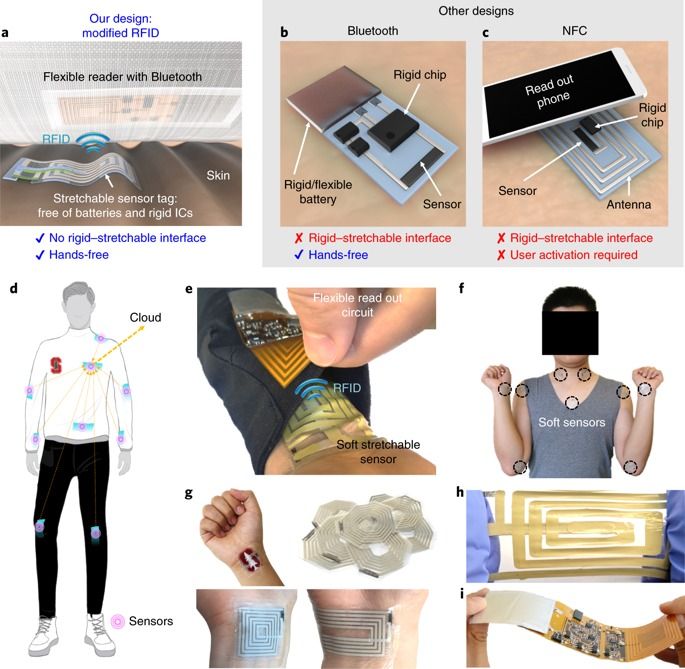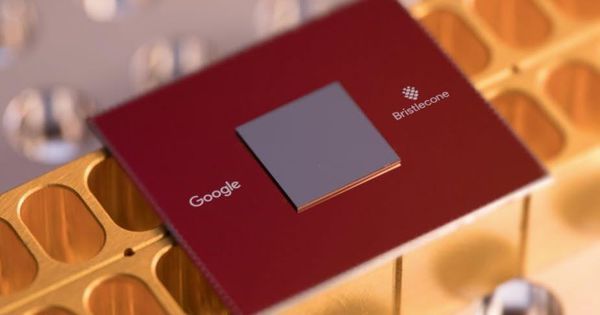Aug 19, 2019
Scientists develop robotic shorts that make it easier to walk and run
Posted by Klaus Baldauf in categories: cyborgs, military, robotics/AI
Harvard University researchers have developed a new powered exosuit that can make you feel as much as a dozen pounds lighter when walking or running. Scientific American reports that the 11-pound system, which is built around a pair of flexible shorts and a motor worn on the lower back, could benefit anyone who has to cover large distances by foot, including recreational hikers, military personnel, and rescue workers.
According to the researchers, who have published their findings in the journal Science, this system differs from previous exosuits because it’s able to make it easier to both walk and run. The challenge, as shown by a video accompanying the research, is that your legs work very differently depending on whether you’re walking or running. When walking, the team says your center of mass moves like an “inverted pendulum,” while running causes it to move like a “spring-mass system.” The system needs to be able to accommodate both of them, and sense when the wearer’s gait changes.


















